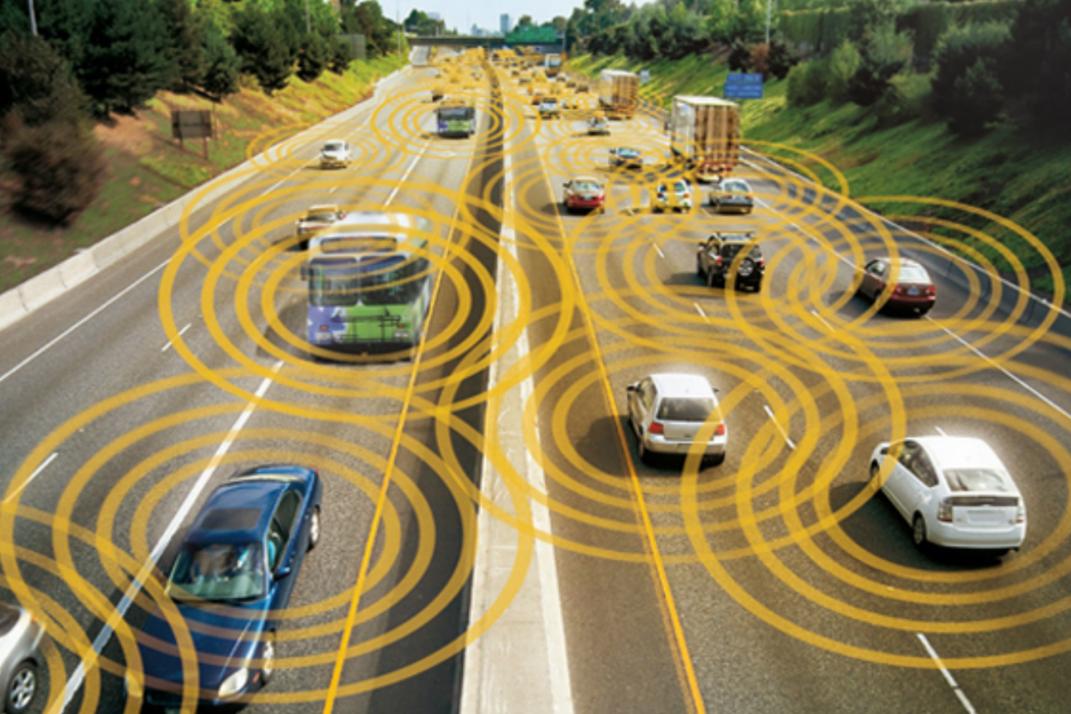What Are the Limitations of Artificial Intelligence in Autonomous Vehicles?
Autonomous vehicles (AVs) have the potential to revolutionize transportation, offering increased safety, efficiency, and convenience. Artificial intelligence (AI) plays a crucial role in enabling AVs to navigate complex environments and make real-time decisions. However, despite significant advancements, AI in AVs still faces several limitations that hinder their widespread adoption.

Technical Limitations Of AI In Autonomous Vehicles
Data Dependency:
- AI algorithms rely on vast amounts of data for training and decision-making.
- Challenges in acquiring, labeling, and processing diverse and accurate data can limit the performance of AI systems.
Limited Understanding Of Complex Environments:
- AI systems may struggle to comprehend and respond to complex and dynamic environments.
- Handling unexpected situations, such as road construction, adverse weather, and human behavior, remains a challenge for AI.
Computational Constraints:
- AI algorithms require significant computational resources for real-time decision-making.
- Limitations of current hardware and the trade-off between accuracy and efficiency pose challenges for deploying AI in AVs.
Ethical And Legal Challenges
Liability And Responsibility:
- Accidents involving AVs raise complex legal and ethical questions regarding liability and responsibility.
- Determining liability among manufacturers, software developers, and drivers can be challenging.
Privacy And Data Security:
- AVs collect vast amounts of data, raising concerns about privacy and data security.
- Data breaches and misuse pose risks, necessitating robust data protection measures.
Regulatory Framework:
- Developing a comprehensive regulatory framework for AVs is challenging due to their novelty and complexity.
- International collaboration and harmonization of regulations are essential for ensuring safe and consistent operation of AVs.
Societal And Economic Considerations
Job Displacement:
- The adoption of AVs may lead to job displacement in the transportation sector.
- Retraining and reskilling programs are needed to help affected workers transition to new roles.
Accessibility And Equity:
- Ensuring that AVs are accessible to all members of society is crucial.
- Addressing issues of affordability, infrastructure disparities, and digital literacy is essential for promoting equity in AV adoption.
Public Acceptance And Trust:
- Gaining public acceptance and trust in AVs is critical for their widespread adoption.
- Transparent communication, education, and demonstration projects can help build confidence in the technology.
The limitations of AI in autonomous vehicles span technical, ethical, legal, and societal domains. Ongoing research, collaboration, and policy development are necessary to address these challenges. Overcoming these limitations will pave the way for the safe and successful integration of AVs into our transportation systems, unlocking the full potential of this transformative technology.
YesNo

Leave a Reply